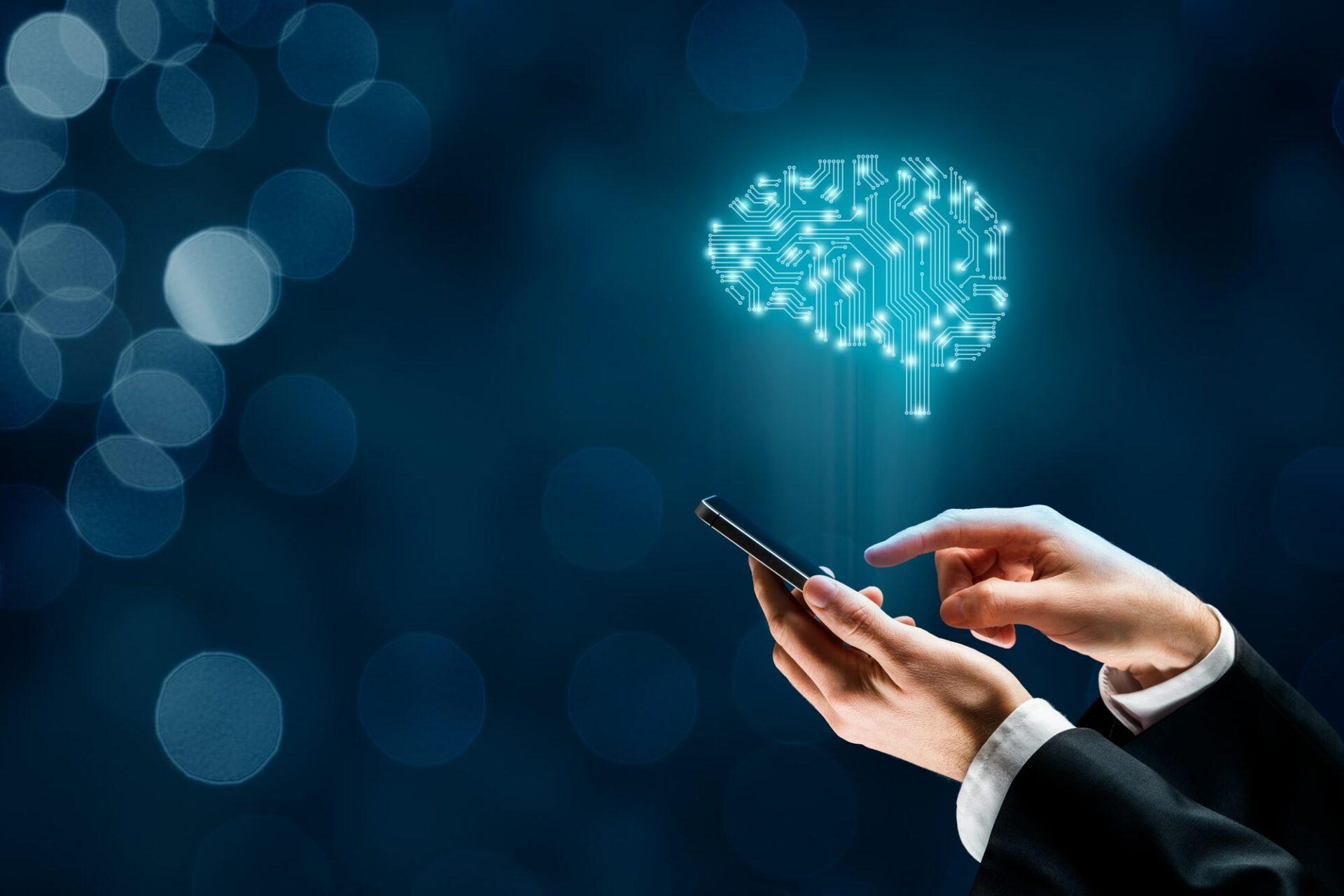Introduction
Given the rapid proliferation of artificial intelligence across multiple sectors, notably in customer service and content creation, distinguishing content created by a human versus an AI has become a pressing issue. This is the purpose AI detectors, or as I prefer to say detector de IA serve.
As a content writer and SEO expert, this is a challenge I encountered recently. When managing a reputable tech blog, I reviewed numerous guest posts and curated images. During that time, my intuition flagged something as being inaccurate. The segments I examined had a mechanically cold tone, unnaturally smooth cadence, and an overly structured format that felt orchestrated rather than organic. Even a basic check of an AI content verifier confirmed my suspicions—most was generated through AI. That was the spark that led me down the rabbit hole of learning about AI detection technologies, and the findings captured my interest in a way I did not expect.
What is a detector de IA?
A “detector de IA” refers to a content analyzer concerning AI-based technologies or, in English, an AI content detector. It is a type of application used to check and analyze a specific writing to determine if a human wrote it, or whether it was generated by an AI model like ChatGPT or GPT-4. AI content detectors utilize a combination of statistical modeling, linguistic analysis, and even machine learning to assign probability scores of human authorship.
Why Do AI Detectors Matter?
With the introduction and increased use of AI writing tools, there is a growing concern for ethics and originality across academia, journalism, and digital marketing. Here, however, is why these detectors matter most:
Academic Integrity: Schools and universities are now facing an influx of essays written by AI. AI detectors assist in enforcing academic integrity.
SEO AI detection is crucial because Google's algorithm has shifted towards prioritizing “helpful, people-first content" over AI-generated material. Site bloggers and content writers rely on AI detectors to guarantee the adherence of their articles and blogs to SEO standards.
Misinformation Control: Where there is a possibility of the spread of fake news, there should be the use of such devices to detect automated content or content edited by bots.
How Does an AI Detector Work?
A majority of AI detectors work on a series of different approaches simultaneously:
Perplexity and Burstiness: Perplexity gauges how predictable a certain piece of text is to a given language model. AI-generated content tends to have lower perplexity, which means greater uniformity and predictability. Burstiness is the variation in wording within a sentence. Human writing tends to have more burstiness.
Comparison to Neural Networks: Some tools look at how closely the offered text matches known outputs of given AI tools. If it matches, the chances are high that the text is AI-generated.
Stylometry: This is where lexemes and phrases peculiar to the author are systemically identified by comparing words, writing style, and tone. This is a realm AI checker has not quite mastered yet.
Common AI Detection Applications
There are a variety of applications available and can be classified as effective detectors de IA:
GPTZero- This is focused on the teaching field; It examines the sophistication level of the sentences.
Originality.AI- Created for web publishers and content developers; It identifies contents written by GPT-3 and GPT-4.
Copyleaks- Provides advanced AI content detection and plagiarism identification for enterprises. Every tool comes with its unique detection algorithm and advantages. Thus, combining a different variety of these tools gives an overall greater precision.
Restraining Factors of AI Detectors
Detectors de IA have a few flaws, despite the advancements in technology. Some flaws include:
Positives That Are Wrong: Content that has too formal a tone or does not contain any unique personal anecdotes might get flagged as AI generated content.
Model Bias: Some detectors do best with work produced by certain AI models. Newer or fine-tuned versions are a lot harder for these detectors to pick up.
Manipulated Content: Skilled users can instruct AI to replicate human mannerisms, thus making detection a lot harder.
Even if there are flaws, AI detectors are improving. Current work focuses on building deeper semantic integration and known AI model cross-reference outputs into upcoming models.
AI Detectors Real Life Applications
As far as my personal experience goes, detector de IA assist in avoiding credibility concerns and potential SEO penalties. In one instance, a client employed freelance authors to generate a series of blog posts. Using Originality.AI, we checked the articles and found that more than 60 percent of the submissions were generated using AI. The client was able to change the strategy and AI editing tools in order to maintain brand reputation.
Other noted utilizations comprise:
- Checkers of universities monitoring submissions for any plagiarism.
- Journalistic professionals determining the legitimacy of sources cited.
- Recruiters evaluating cover letters against the resumes of applicants.
- Publishers ensuring uniqueness of submitted book manuscripts.
Guidelines for the Best Practices of AI Detectors
A verifier of AI detectors will find the recommendations that follow helpful.
- Rely on several instruments for proof.
- Educators depict settled borderline instances as opposed to assuming a case as all AI-generated content.
- Don’t blindly trust the figures, educate your employees about what the results depict which entails trusting the most the scores.
- Use AI flagging alongside plagiarism checks to determine more complete assessments.
Affirmative Conclusion: The Forward for Creativity and AI
The emergence of AI detectors has both a stimulus and an outcome of how advanced AI content generators are. Although AI will persist to play an important role in content generation, automation will need appropriate balance with authenticity and on that note. Asserts keep that equilibrium.
In as much as I stand guided by upholding originality, I would not regard AI detectors as obstacles instead, defenders. They protect the essential requirement that human tales, voices and subtleties that matter in the communication, even in an AI powered world, should dominate.
Read More Blogs: Visit here

